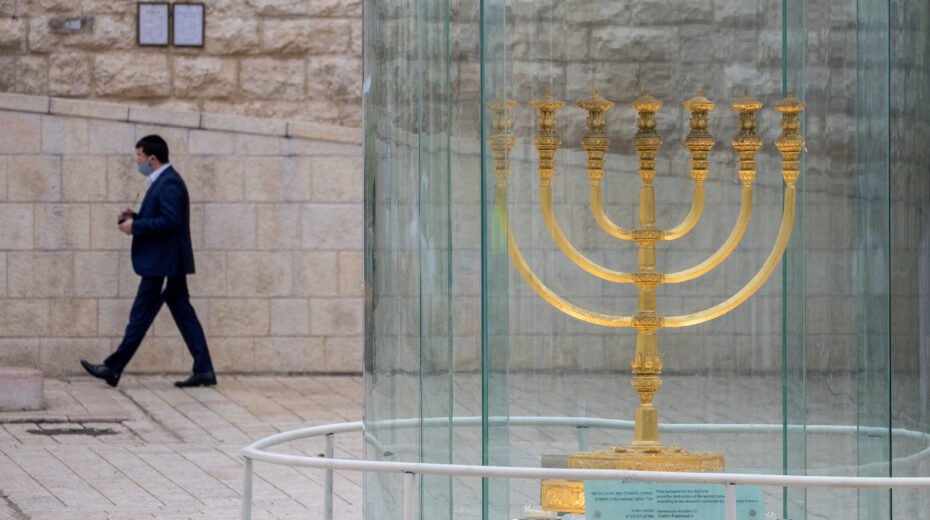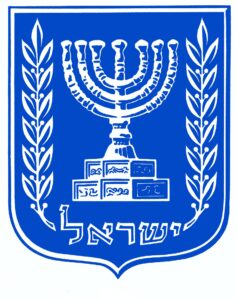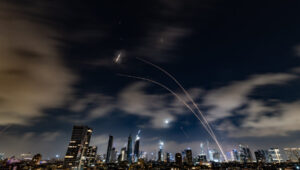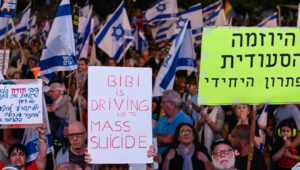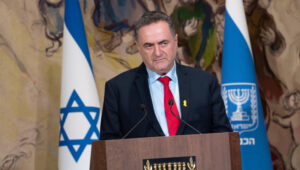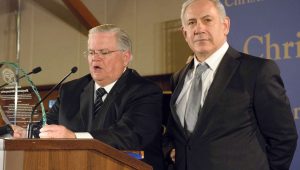From the Torah portion of Numbers 8-12 (B’haalotcha – “when you set up…”)
Have you ever wondered what it was like to be inside of Moses’ tabernacle or Solomon’s temple? For one thing there were no electric light switches nor glass windows. We take light for granted, but it’s not trivial.
As I was reading this Torah portion, I tried to imagine life without the bright LED bulbs that make our evenings almost like midday. The Torah portion begins with a description of how Aaron and his sons were to set up the lights of the menorah, the 7 branched lampstand, made of pure gold, inside the dark tent of the tabernacle.
“The LORD said to Moses, ‘Speak to Aaron and say to him, ‘When you set up the seven lamps, they are to light the area in front of the menorah [lampstand].’ ’
…This is how the menorah was made: It was made of hammered gold – from its base to its blossoms. The menorah was made exactly like the pattern the LORD had shown Moses.” (Numbers 8:1-4)
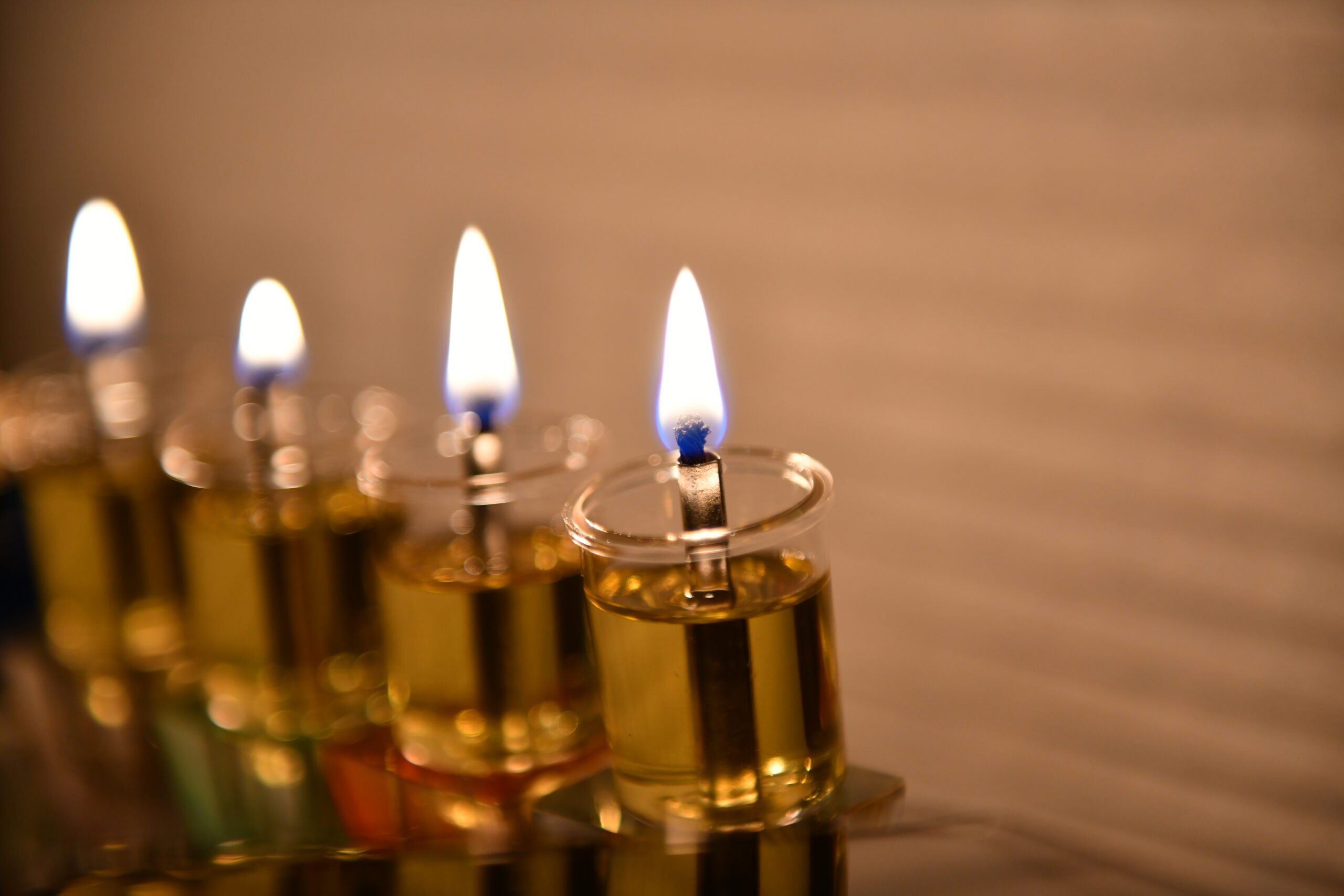
The theme of the menorah lampstand is again taken up in the prophetic passage of Zechariah 4. There the prophet is invited to see the vision of a golden lampstand with olive tree branches on the left and on the right, channeling olive oil directly into the lampstand. (The lampstand burned olive oil, not wax candles.)
“Then the angel who talked with me returned and wakened me, as a man is awakened from his sleep. He asked me, ‘What do you see?’
“I answered, ‘I see a solid gold menorah [lampstand] with a bowl at the top and seven lights on it, with seven channels to the lights. Also there are two olive [trees] by it, one on the right and one on the left.’ ” (Zechariah 4:1-3)
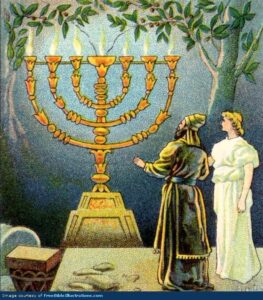
Zechariah’s vision – freebibleillustrations.com
The two olive tree branches on both sides of the menorah in Zechariah’s vision represent the kingly and the priestly roles in the period of rebuilding and restoring the temple in Zechariah’s day following the return from the Babylonian captivity.
Zechariah’s vision helped inspire rabbi Saul (Paul) of Tarsus as he wrote of wild olive branches being grafted into the olive tree of Israel (Romans 11:12) and together bringing greater riches (literally “fullness”). Perhaps Paul was even thinking of the channels funneling an overflow of olive oil from the branches to the menorah.
As I learned researching this article, Zechariah’s vision also helped inspire the official emblem of Israel in 1949 – with the menorah lampstand framed between olive branches to the left and right. The emblem packs rich symbolism.
When they put the olive branches on the emblem in 1949, the modern Israelis were interpreting the kingly and priestly roles supporting the reborn nation, as government and religion. They were also thinking of the peace symbolism of the olive branches (Genesis 8:11) in spite of Israel’s seven war-torn decades since then.
The particular appearance of the menorah on the Israeli national emblem is a copy of the menorah looted from the temple of Yeshua’s day, transported by Titus to Rome after he crushed the Jewish revolt of 66-70 A.D. and destroyed Herod’s temple. The menorah on the emblem of Israel today represents the symbolic restoration back in Israel and back in Jerusalem, of the menorah taken captive by the Romans. The menorah itself represents Israel’s calling to shine God’s light and revelation to the nations.
I will never again be able to see the emblem of Israel as just a governmental symbol.
These related items may also interest you:
- The giant commemorative menorah in front of the Israeli Knesset-parliament
- Artistic spinning top made of genuine Israeli coin, bearing the Israeli menorah emblem
- Olive oil – the original Middle Eastern oil wealth


